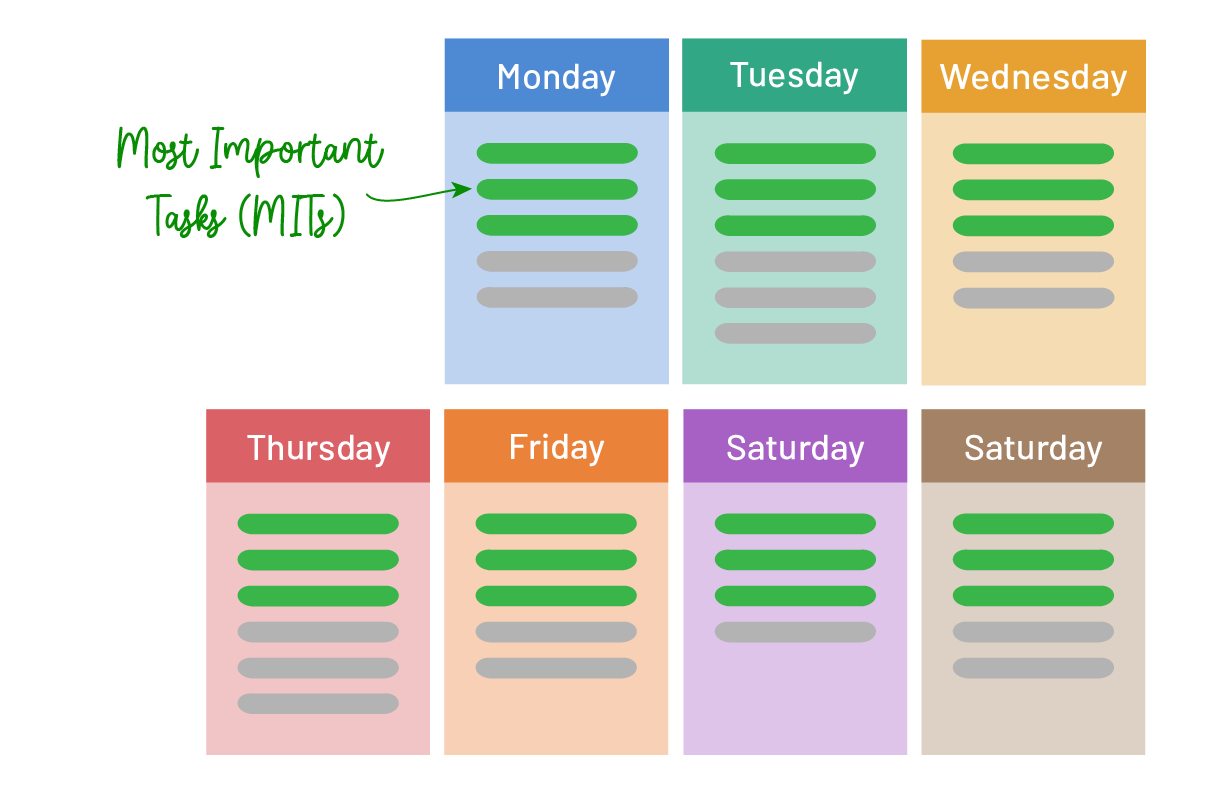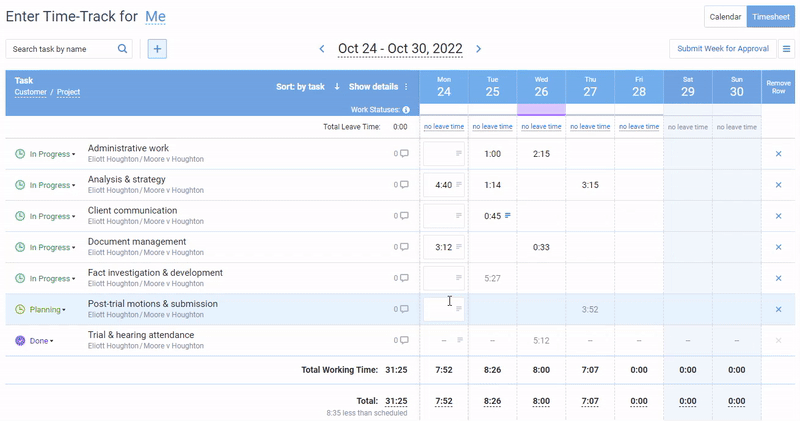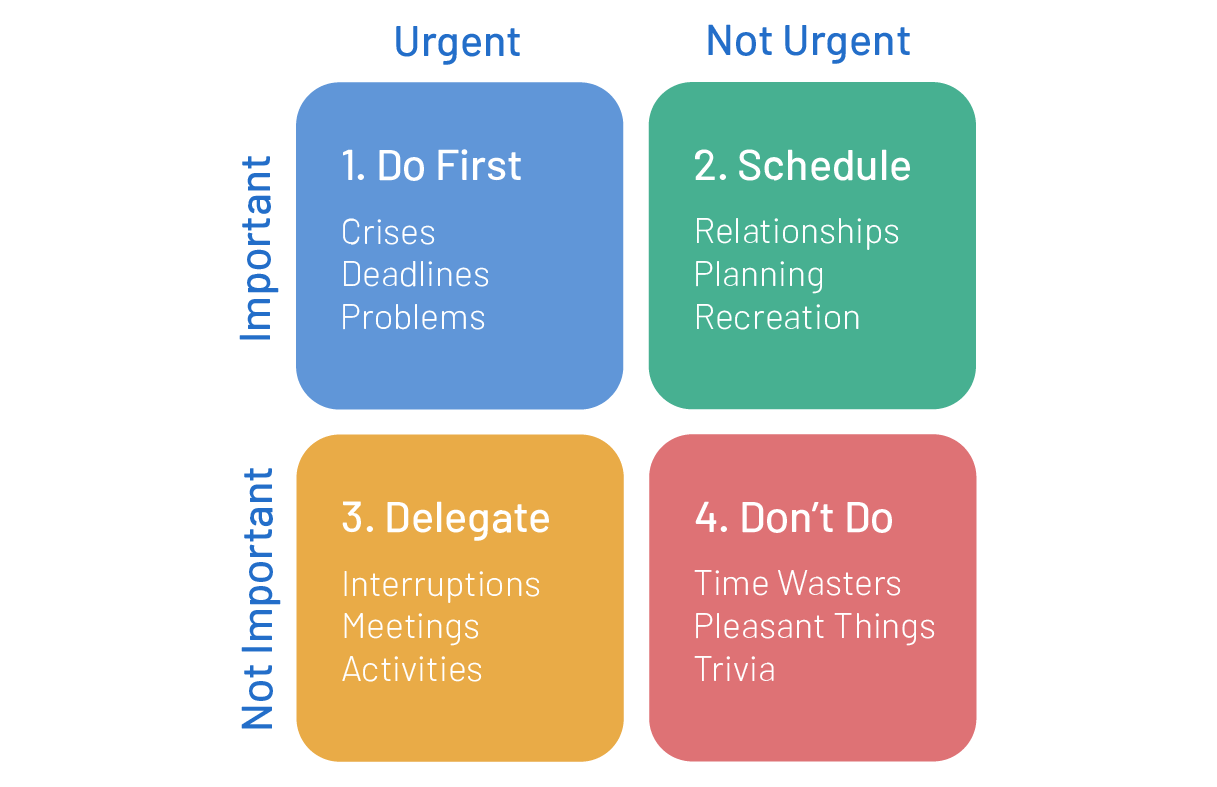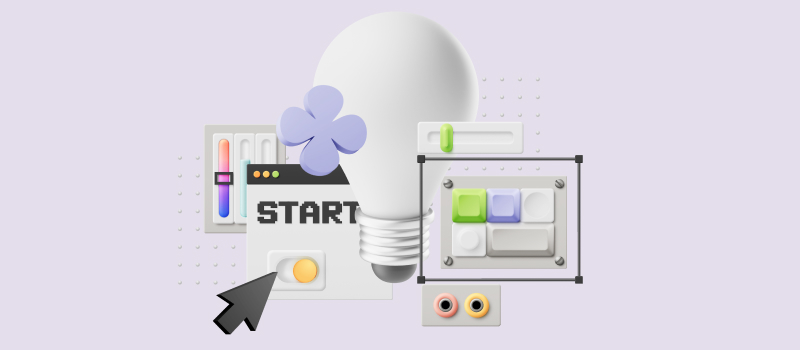
As a teacher, you know that every minute of your day counts. Between lesson planning, grading, and meeting with parents, there’s hardly any time left for you to take a breath.
However, just because you’re constantly busy doesn’t mean you can’t manage your time well and improve your work outcomes!
In this post, we’ll go over some tips that will help you make the most of your time in the classroom. So read on – your sanity (and students) will thank you!
⌛ What Is Time Management?
Time management is a hot topic these days. Everyone seems to be looking for ways to make better use of their time. But what is time management, exactly?
At its simplest:
Time management is the process of organizing and planning how you spend your time. It involves setting goals, making schedules, and prioritizing tasks.
The primary purpose of time management is to help you take your time under control. As a result, you can increase your productivity, relieve stress, and achieve goals with greater ease. But that’s not all!
Here’s a more comprehensive list of time management benefits for teachers:
🍓 Main Benefits of Teacher Time Management
-
More time for teaching.
By carefully planning your time, you will waste less of it on things like looking for lost materials or dealing with disruptions. Instead, you will ensure that you have more time for the thing that matters most – teaching.
-
Optimal work-life balance.
Good time management skills help to strike a better balance between your work and personal life. Proper planning and control will reduce your stress levels to a large degree. As a consequence, you’ll notice a significant improvement in your overall well-being.
-
Better student outcomes.
When teachers manage their time effectively, it can lead to improved student outcomes as well. This is because you get more time available for things like lesson planning and preparation, which can result in more engaging and effective lessons.
-
Greater job satisfaction.
Time management empowers you to accomplish more and make a real difference in your students’ lives. And when you feel like you’re in control of your time and everything is more organized, you begin to enjoy the process more, and your job satisfaction naturally increases.
-
Higher productivity.
Thanks to time management, your concentration and well-being can get much better than in the lack of good organization. And when you’re energized, able to focus on one task and give it your full attention, you’ll be amazed at how much more quickly and easily the work gets done.
👨🏫 Time Management Tips for Teachers
As you can see, teacher time management is key. Yet, with so many things to do and so little time, it can be tough to figure out how to get it all done. Here are a few tips for you to start:
1. Set priorities 📍
There are a million and one things that you have to do in a day as a teacher. So, it can sometimes feel like you’re being pulled in a million different directions. But luckily, there’s one proven trick to help you cope with overwhelming workloads and make sure that everything gets done – task prioritization.
Here’s how it works:
- Make a list of everything you need to do in a day / week. You can write it down on paper, in a digital calendar, or in some other appropriate software of your choice. In either case, getting it all down will help you see what needs to be done and not miss a thing.
- Prioritize your list. Urgent and most important tasks should be at the top, followed by the less important ones.
- Take care of the most important and urgent tasks first. If there’s something that needs to be done right away, don’t put it off. Handle it and then move on to the next task on your list.
- Break up big tasks into smaller ones. If you have a big project that’s due soon, break it up into smaller tasks so that you can focus on one thing at a time. This will make it easier for you to understand where to start and handle the whole project.
One important rule to remember when prioritizing tasks – if everything is a priority, nothing truly is.
Thus, don’t try to set more than three priorities at a time. Otherwise, you will keep on dragging them from one day to another, which can be a frustrating experience. And our whole point here is to help you feel more accomplished and productive. So, keep it real!

2. Make a schedule 📅
The next step is to find the right time during the day to focus on your priorities and other tasks from the list. And that’s where a thought-through work schedule can help.
The key goals of work scheduling are to allocate enough time to different activities, plan ahead and build a productive routine. Just follow these four simple steps to achieve them:
- Estimate tasks. Figure out how much time it may take you to complete each item from your to-do list, and make sure to leave some buffer time for each of them in case something goes wrong.
- Start creating the schedule. Don’t forget about your priorities and schedule them earlier in the day if possible.
- Allocate some time for breaks. It’s important to take a few minutes here and there to relax and recharge. So, step away from your desk for a few minutes every couple of hours to stretch your legs, grab a cup of coffee, or just take a few deep breaths. This way, you’ll enhance productivity and cognitive function.
- Stick to your schedule as much as possible. It won’t be perfect, but if you can stick to it most of the time, you’ll feel more accomplished and less stressed overall.
You don’t need any complex tools to make yourself a perfect schedule – Google Calendar or Excel spreadsheets can be enough. However, there are many software products that can simplify the process a great deal and make it more enjoyable overall.
One good example of such a product is actiTIME. It allows you not only to schedule the exact time you intend to dedicate to every single task during the day but also to track your working hours with utmost precision. It gives you tools to plan everything in advance and collect essential productivity data for improving time management.

Sounds interesting? Check out this post to learn more about work scheduling and time tracking with actiTIME, or sign up for a free 30-day trial right away.
3. Minimize distractions 🔕
As a teacher, you’re well aware that distractions are the worst enemies of productivity.
For instance, when there’s constant noise and clutter in the classroom, it’s much more challenging for your students to stay engaged and focused on learning. And the same applies to your own productivity – if distractions in your environment are abundant, how can you do your best even if you try?
The good news is that most of the distractions in our environment can be taken under control. And here are a few ways to do that:
- Declutter your work environment. Get rid of any unnecessary piles of paper or unused office supplies that might be distracting you. A tidy space is a key to staying more organized and in control.
- Mute your phone and block social media. This will prevent you from accidentally stumbling onto Facebook or Twitter when you’re trying to work. Instead of wasting time scrolling through your newsfeed, you’ll be able to stay concentrated on the task at hand.
- Block out external noise. If you find yourself getting distracted by noises while doing paperwork or grading students’ tests, try wearing headphones. Listening to relaxing music or white noise helps to improve concentration and focus on what must be done.
4. Avoid multitasking 🤯
The ability to multitask is often heralded as a desirable skill, but in reality, it can be detrimental to your productivity. When you try to do too many things at once, your brain becomes overloaded, and you start making mistakes. In addition, multitasking can lead to feelings of anxiety and stress.
So how can you avoid falling into its trap?
Try setting yourself a deadline. In the face of an impending deadline, our brains are shockingly good at zeroing in on what’s most important and blocking out distractions. Thus, deadlines can be powerful tools for helping us to stay focused.
So next time you’re feeling overloaded, try setting a deadline for yourself. It just might be the push you need to single-task and finally get things done.
5. Track your time ⏲️
How many times have you wished you had a time machine? If only you could go back and spend more time preparing a lesson or less time watching TV. Time tracking can’t give you a time machine, but it can give you the next best thing: a way to improve your time management.
Time tracking is the process of recording how you spend your time, so you can see where your time goes.
By seeing where you’re spending too much time or where you’re not being productive, you can make changes to your routine and become more efficient. As a result, time tracking can help you to get more done in less time, so you can finally achieve your goals.
While time tracking seems simple, it can be surprisingly difficult to do it properly. That’s why many people use time tracking software, which automates the process and makes it easier to get accurate results.
actiTIME, for example, has the mobile app with one-click timers and the fully automated browser extension, Time Management Assistant, that lets you see how and where you’re spending your time with the utmost precision.
The extension provides a detailed picture of all your online activities, so you don’t need to guess trying to remember what you did all week. It helps to take control of your schedule and make the most of your day.

Besdies, thanks to automation, you can stay focused on work without worrying about the accuracy of your time tracking results. And with accurate data at hand, you will get that necessary insight into your daily productivity and see what must be improved in how you manage your time.
🗝️ Best Time Management Techniques
Need some more inspiration to work on your time management skills? Here are a few fantastic techniques to help you advance them:
1. Time blocking 🧱
The basic idea behind this technique is to divvy up your day into blocks of time and then use each block to focus on a specific task. For example, you might block off an hour in the morning to answer emails, two hours in the afternoon to prepare new materials for a lesson, and an hour in the evening to relax.
By breaking down your day into manageable chunks, you can make sure that you’re making the most of your time. This can be particularly helpful if you find yourself easily distracted or if you have trouble staying focused on one task for an extended period of time.
So, if you’re looking to make the most of your time, give time blocking a try.
2. Eat the frog 🐸
Mark Twain famously said, “Eat a live frog first thing in the morning, and nothing worse will happen to you the rest of the day.” While this may not be the most appetizing way to start your day, there’s a lot of truth to Twain’s words:
The eat-the-frog technique is all about getting your most difficult tasks out of the way first. By tackling your frogs – or your most challenging to-dos – early on, you can avoid procrastination and get a jump on your day. Not only that but getting those tough tasks out of the way can also give you a boost of confidence and motivation that can carry you through the rest of your day.
So, if you’re feeling bogged down by a big piece of work, try following in Twain’s footsteps and eating that frog for breakfast.
3. Covey’s time management matrix ⌚
Stephen Covey’s time management matrix is a quadrant system that helps you prioritize tasks based on urgency and importance.
The four quadrants are:
- Quadrant 1: Urgent and important (tasks that must be done immediately)
- Quadrant 2: Important but not urgent (tasks that should be scheduled)
- Quadrant 3: Urgent but not important (tasks that can be delegated or outsourced)
- Quadrant 4: Not urgent and not important (tasks that can be eliminated)

By identifying which quadrant a task falls into, you can better prioritize your time and energy. For example, Quadrant 1 tasks would take precedence over Quadrant 2 tasks, which would take precedence over Quadrant 3 tasks, etc.
While some tasks may fall into multiple quadrants, it’s essential to remember that not all tasks are created equal. By using Covey’s time management matrix, you can ensure that you’re spending your time on the most important things.
✨ That’s a Wrap!
It often seems that there are never enough hours in the day. From lesson planning and grading to after-school activities and parent-teacher conferences, the list of things to do always seems to be growing.
However, by mastering time management, teachers can easily make the most of their time both at work and in their personal lives. They can get more time for the things that matter, improve student outcomes, and enjoy their jobs even more.
Thus, if you’re looking to get ahead in your career, make sure to brush up on your time management skills. And we’re hoping this post will help you on this quest!















































